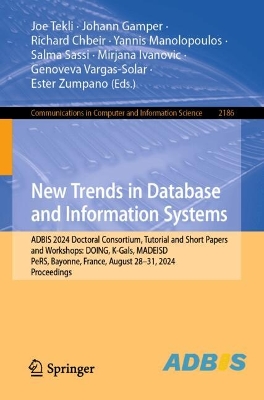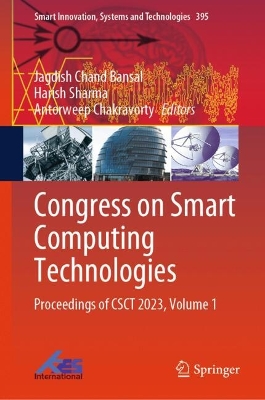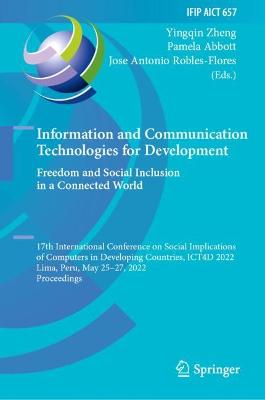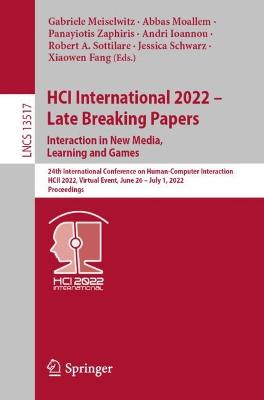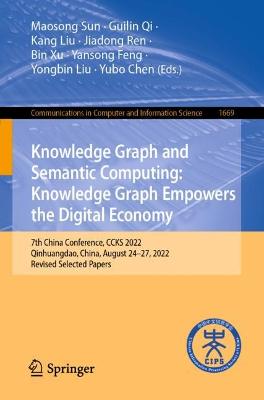Advances in Artificial Intelligence
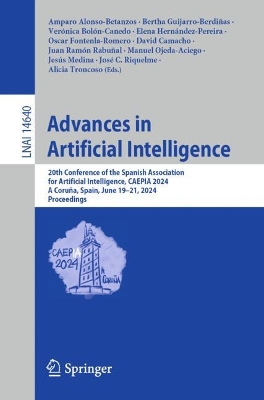 portes grátis
portes grátis
Advances in Artificial Intelligence
20th Conference of the Spanish Association for Artificial Intelligence, CAEPIA 2024, A Coruna, Spain, June 19-21, 2024, Proceedings
Camacho, David; Ojeda-Aciego, Manuel; Hernandez-Pereira, Elena; Bolon-Canedo, Veronica; Guijarro-Berdinas, Bertha; Rabunal, Juan Ramon; Riquelme, Jose C.; Alonso-Betanzos, Amparo; Medina, Jesus; Fontenla-Romero, Oscar
Springer International Publishing AG
06/2024
276
Mole
9783031627989
15 a 20 dias
.- Advancing Computational Frontiers: Spiking Neural Networks in High-Energy Efficiency Computing Across Diverse Domains.
.- Deep Variational Auto-Encoder for Model-based Water Quality Patrolling with Intelligent Surface Vehicles.
.- An Architecture Towards Building a Reliable Suicide Information Chatbot.
.- Age estimation using soft labelling ordinal classification approaches.
.- O-Hydra: a hybrid convolutional and dictionary-based approach to Time Series Ordinal Classification.
.- Predicting Parkinson's Disease Progression: Analyzing Prodromal Stages through Machine Learning.
.- Ground-Level Ozone Forecasting using Explainable Machine Learning.
.- Multi-Objective Lagged Feature Selection based on Dependence Coefficient for Time-Series Forecasting.
.- FuSDG: A proposal for a fuzzy assessment of Sustainable Development goals achievement.
.- A surrogate assisted approach for fitness computation in robust optimization over time.
.- A Path Relinking-based approach for the Bi-Objective Double Floor Corridor Allocation Problem.
.- An Experimental Comparison of Qiskit and Pennylane for Hybrid Quantum-Classical Support Vector Machines.
.- Preserving the Essential Features in CNNs: Pruning and Analysis.
.- Iterated Local Search for the Facility Location problem with Limited Choice rule.
.- Driven PCTBagging: Seeking greater discriminating capacity for the same level of interpretability.
.- Semi-supervised learning methods for Semantic Segmentation of Polyps.
.- Community-Based Topic Modeling with Contextual Outlier Handling.
.- Toward Explaining Competitive Success in League of Legends: A Machine Learning Analysis.
.- Reconstruction-based Anomaly Detection in Wind Turbine Operation Time Series using Generative Models.
.- Multi-class and Multi-label Classification of an Assembly Task in Manufacturing.
.- Image Processing and Deep Learning Methods for the Semantic Segmentation of Blastocyst Structures.
.- Multivariate-Autoencoder flow-analogue method for heat waves reconstruction.
.- HEX-GNN: Hierarchical EXpanders for Node Classification.
.- The notion of bond in the multi-adjoint concept lattice framework.
.- Exploring the use of LLMs for teaching AI and Robotics concepts at a Master's Degree.
.- Exploring the Capabilities and Limitations of Neural Methods in the Maximum Cut.
.- Advancing Computational Frontiers: Spiking Neural Networks in High-Energy Efficiency Computing Across Diverse Domains.
.- Deep Variational Auto-Encoder for Model-based Water Quality Patrolling with Intelligent Surface Vehicles.
.- An Architecture Towards Building a Reliable Suicide Information Chatbot.
.- Age estimation using soft labelling ordinal classification approaches.
.- O-Hydra: a hybrid convolutional and dictionary-based approach to Time Series Ordinal Classification.
.- Predicting Parkinson's Disease Progression: Analyzing Prodromal Stages through Machine Learning.
.- Ground-Level Ozone Forecasting using Explainable Machine Learning.
.- Multi-Objective Lagged Feature Selection based on Dependence Coefficient for Time-Series Forecasting.
.- FuSDG: A proposal for a fuzzy assessment of Sustainable Development goals achievement.
.- A surrogate assisted approach for fitness computation in robust optimization over time.
.- A Path Relinking-based approach for the Bi-Objective Double Floor Corridor Allocation Problem.
.- An Experimental Comparison of Qiskit and Pennylane for Hybrid Quantum-Classical Support Vector Machines.
.- Preserving the Essential Features in CNNs: Pruning and Analysis.
.- Iterated Local Search for the Facility Location problem with Limited Choice rule.
.- Driven PCTBagging: Seeking greater discriminating capacity for the same level of interpretability.
.- Semi-supervised learning methods for Semantic Segmentation of Polyps.
.- Community-Based Topic Modeling with Contextual Outlier Handling.
.- Toward Explaining Competitive Success in League of Legends: A Machine Learning Analysis.
.- Reconstruction-based Anomaly Detection in Wind Turbine Operation Time Series using Generative Models.
.- Multi-class and Multi-label Classification of an Assembly Task in Manufacturing.
.- Image Processing and Deep Learning Methods for the Semantic Segmentation of Blastocyst Structures.
.- Multivariate-Autoencoder flow-analogue method for heat waves reconstruction.
.- HEX-GNN: Hierarchical EXpanders for Node Classification.
.- The notion of bond in the multi-adjoint concept lattice framework.
.- Exploring the use of LLMs for teaching AI and Robotics concepts at a Master's Degree.
.- Exploring the Capabilities and Limitations of Neural Methods in the Maximum Cut.


